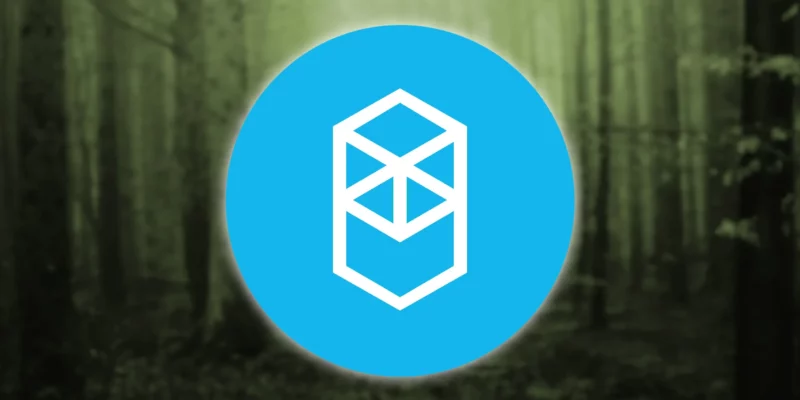- Fantom achieves high throughput and low transaction confirmation times.
- Fantom’s main advantages include high transaction throughput, cheap transaction fees etc
Fantom (FTM) is a high-speed and scalable blockchain platform designed to address the bottlenecks and limitations some existing blockchain networks face. Please note that the information might be outdated, and I recommend checking more recent sources for the latest developments.
Fantom aims to solve the scalability and speed issues many blockchain platforms face, including those like Bitcoin and Ethereum. By utilizing a Directed Acyclic Graph (DAG) consensus mechanism, Fantom can achieve high throughput and low transaction confirmation times.
What is the need for Fantom?
The network’s history is the first thing you must understand about Fantom FTM. In 2009, the invention of Bitcoin signaled the start of the cryptocurrency age and set a significant milestone for technological development. A vibrant ecosystem of blockchain-based applications was laid out partly by introducing Bitcoin.
In contrast, Bitcoin has some drawbacks, including scalability. The consensus mechanism, a key component of the Bitcoin network but with inherent restrictions, is the largest drawback. Numerous additional blockchain networks must handle similar trade-offs between the three crucial components of the blockchain trilemma.
Decentralization, scalability, and security make up the three components. The blockchain trilemma states that blockchain networks must exchange one of these elements for the other two. Before learning about Fantom tokens, one should consider Bitcoin as an example, which strongly emphasizes security and decentralization.
According to the blockchain trilemma, scaling must be sacrificed in Bitcoin. As a result, it would not be the best choice for transactions that require quicker confirmations, such as data transfers, daily payments, and the trading of assets. However, concerns about the Ethereum blockchain network’s increased congestion also demand more scalable options. Scalability problems may be solved by layer 2 solutions, but layer 1 implementations must innovate.
Fantom’s Advantages and Features
- High Transaction
As Fantom is built to handle many transactions per second, it is appropriate for applications that need quick and effective processing.
- Cheap Transaction Fees
Fantom can retain comparatively cheap transaction fees compared to networks with increased congestion due to its high throughput capabilities.
- Smart contacts and Interoperability
Fantom’s platform allows developers to create decentralized applications (dApps) because it supports smart contracts. Fantom wants to be interoperable with other blockchains, enabling cross-chain asset transactions and communication.
- Secure and Decentralised
Fantom, like other blockchain networks, depends on a decentralized network of nodes to uphold the reliability and security of its smart contracts and transactional data.
Conclusion
The analysis of Fantom crypto concludes that it is a respectable substitute for layer 1 implementations. It uses the Lachesis consensus algorithm and the Fantom Opera Chain to overcome the blockchain trilemma. The fact that Fantom is not a blockchain implementation should also be noted. It’s a DAG, or Directed Acyclic Graph, which is a different kind of distributed ledger technology. Fantom can lead the decentralized web in the future as one of the preferred platforms for many well-known DeFi projects and a robust ecosystem.


Comments